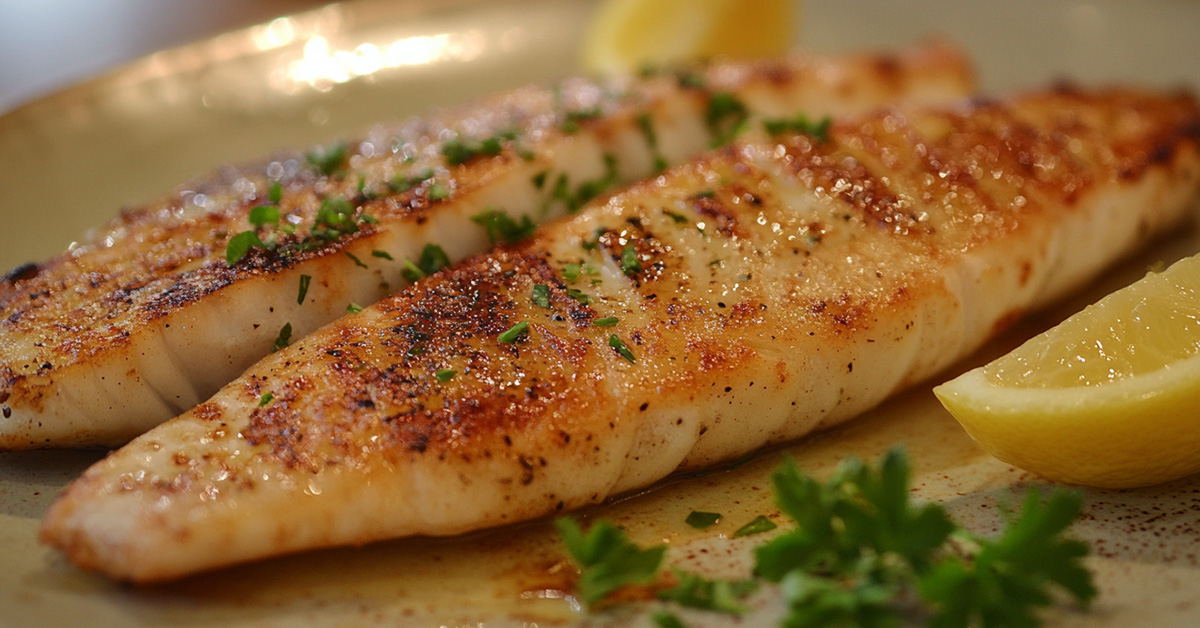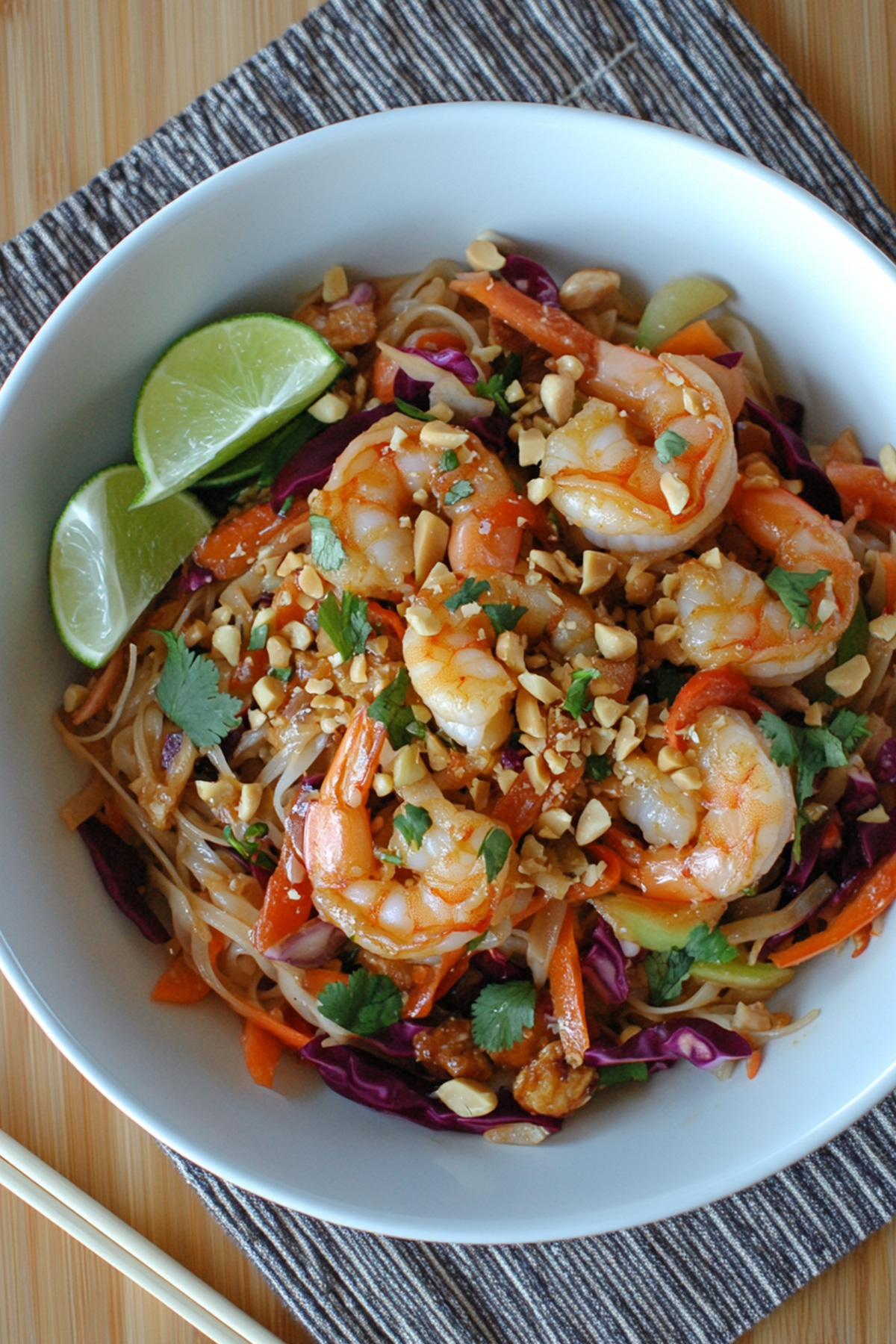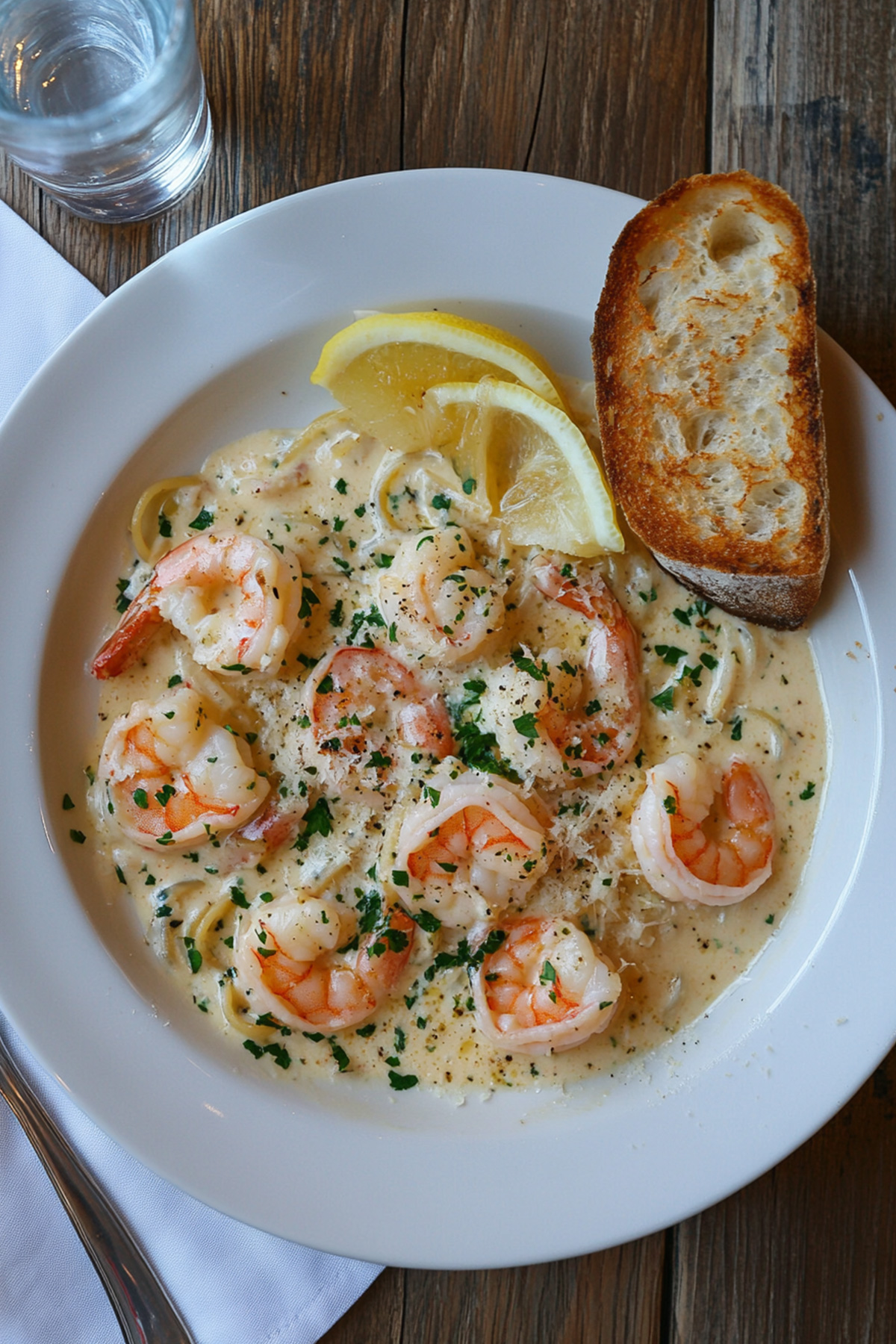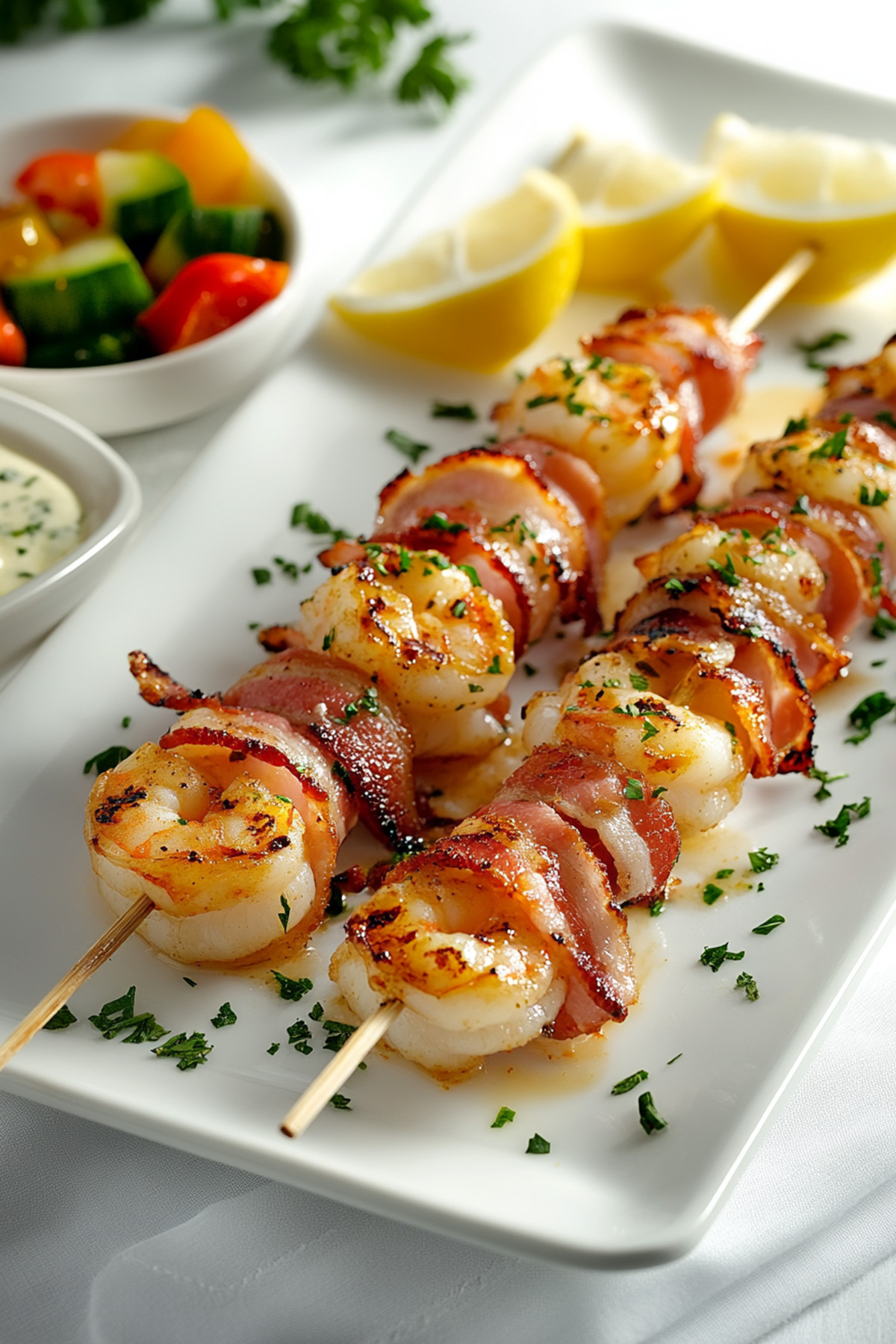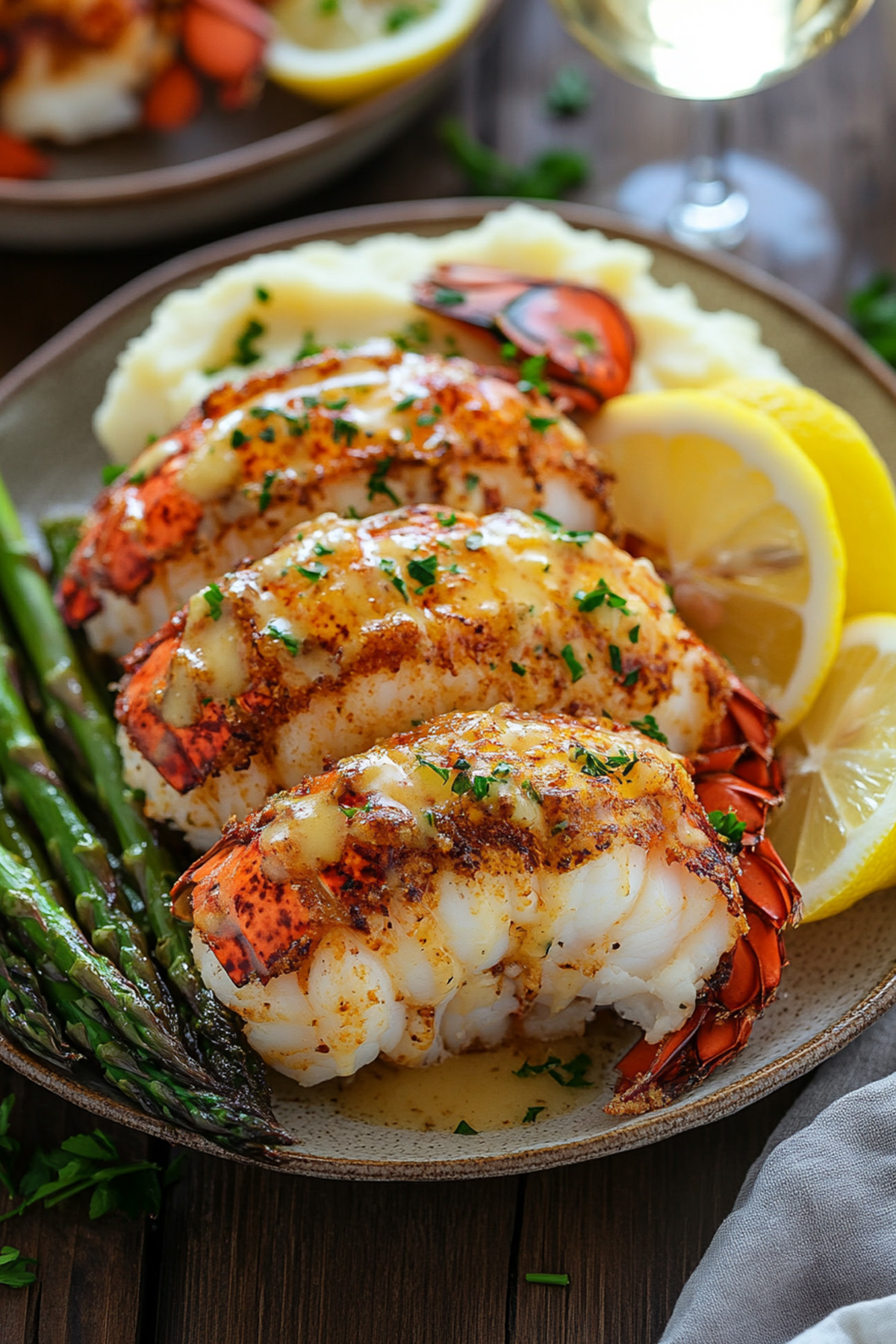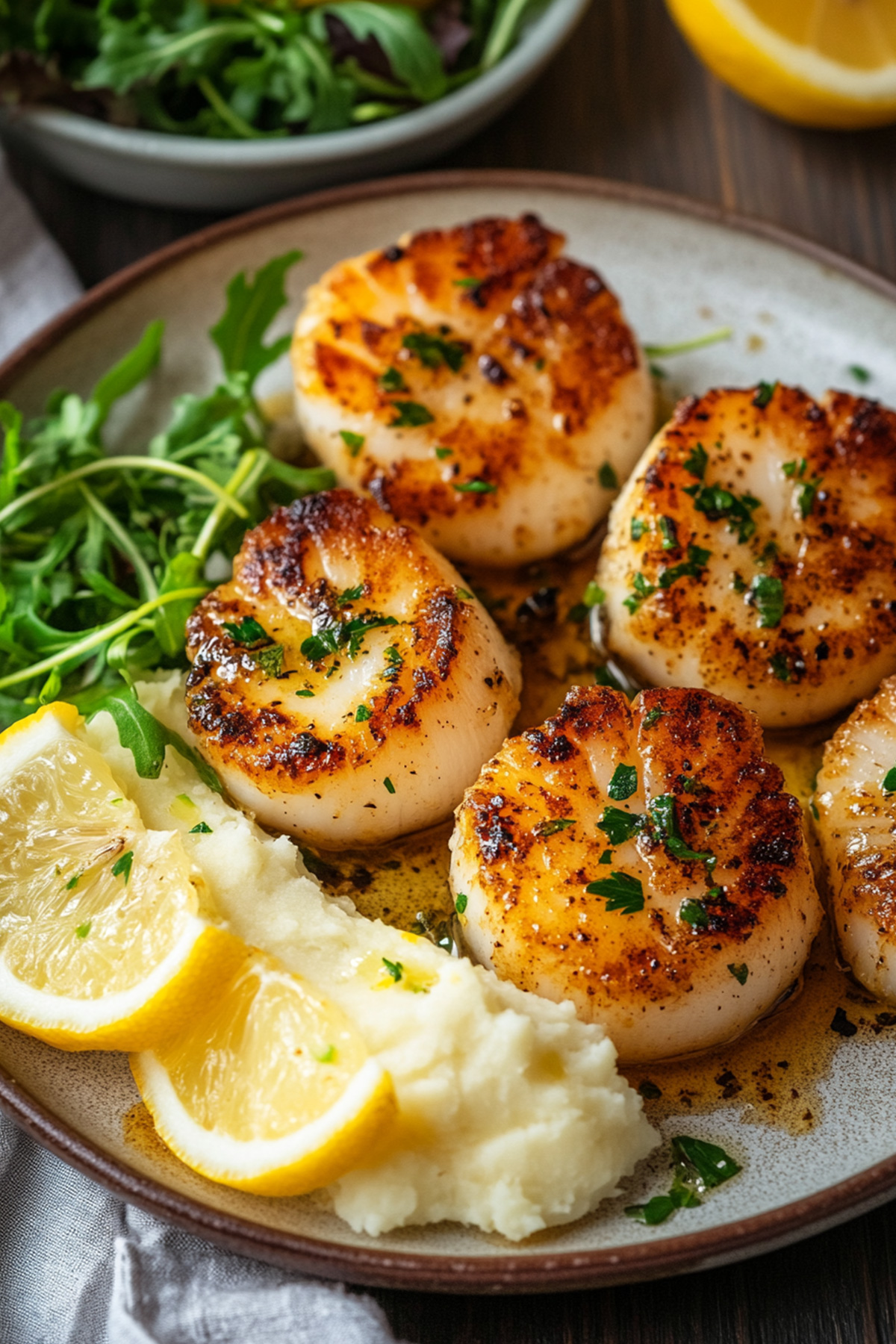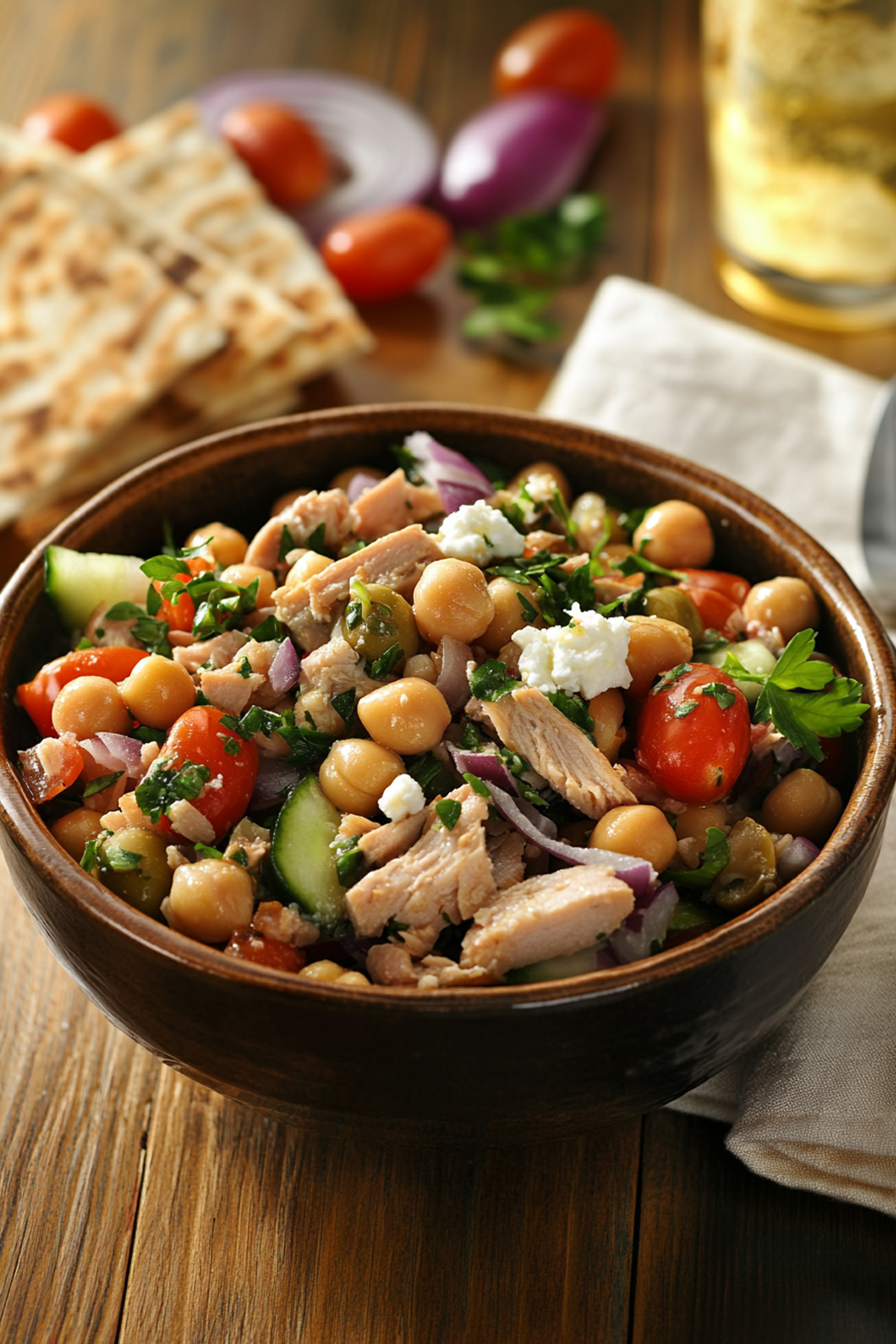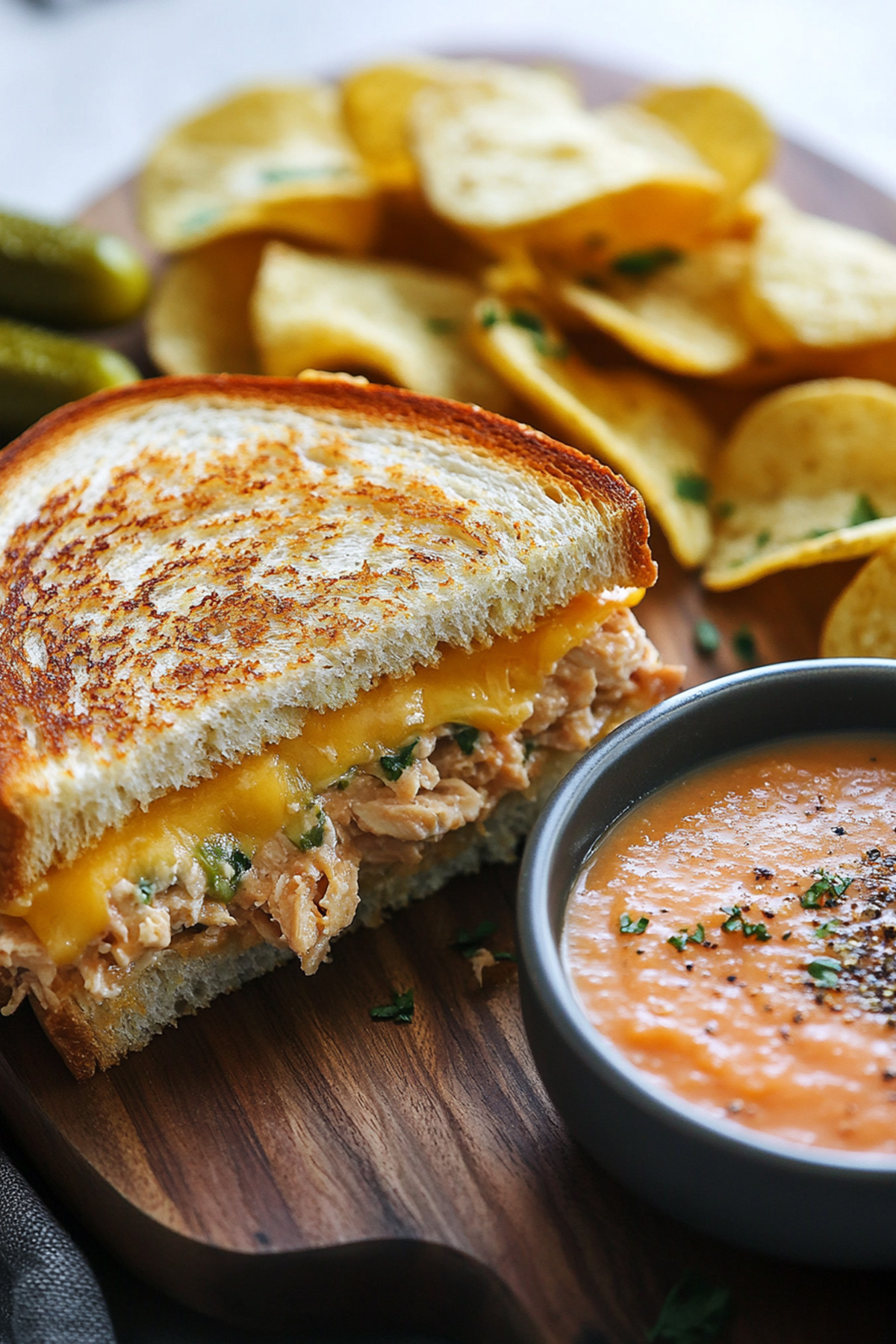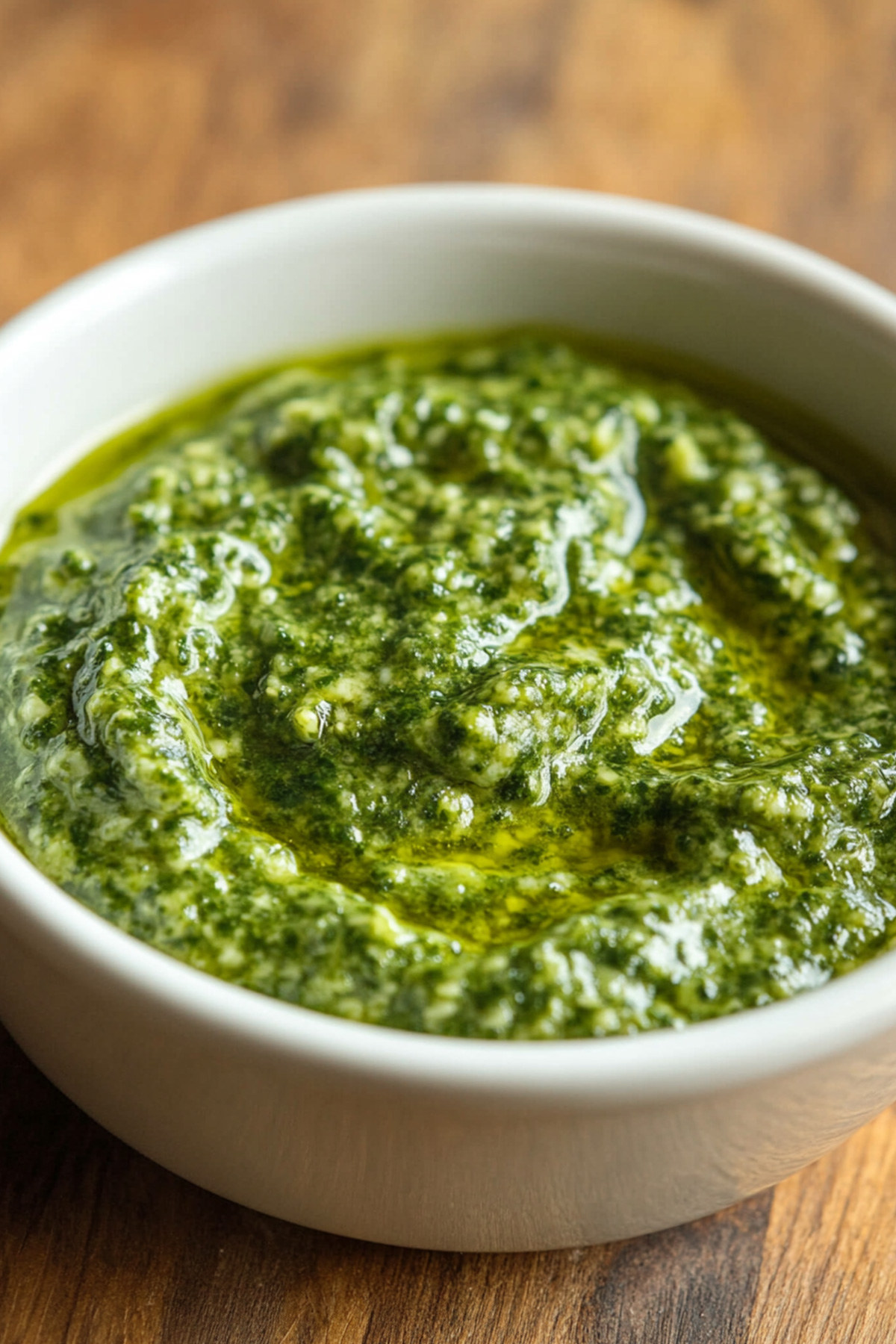Disclosure: As an Amazon Associate and participant in other affiliate programs, we earn from qualifying purchases. We only recommend products we believe will provide value to our readers.
Want to become skilled at making Dover sole that tastes better than your favorite restaurant? This prized fish might look tough to cook at home, but you’ll find it’s easier than expected. The right techniques and guidance will help you create pan-fried Dover sole that impresses your family and guests.
This detailed guide shows you how to cook sole filets perfectly. You’ll learn professional tips for this classic lemon sole recipe, from picking fresh Dover sole to getting the right equipment and perfecting your pan-frying technique. The guide also covers storage tips, ways to reheat, and side dishes that complete your meal.
Table of Contents
Understanding Dover Sole Fish
The world of sole cooking teaches us that not all Dover sole is created equal. True Dover Sole (Solea solea) and Pacific Dover Sole (Microstomus pacificus) are different fish with their own unique traits. Both make excellent choices for your kitchen, and understanding their differences will help you create the perfect sole recipe.
European waters give us True Dover Sole, which many chefs call the more prestigious option. Here are its distinctive features:
- Thick-bodied flatfish with eyes on the right side
- Dark brown skin with a narrow, elongated body
- Grows up to 20 inches in length
- Pure white flesh that maintains its color when cooked
Dover sole’s flavor profile makes it stand out from other fish. The mild, sweet taste sets it apart from ordinary white fish. Its tender texture and small, firm flakes stay intact during cooking.
North American markets typically stock Pacific Dover Sole. This variety belongs to the flounder family rather than true sole, yet it serves as an excellent ingredient for your recipes. The fish’s impressive 97% protein content and selenium levels – ten times higher than other white fish – make it a nutritious choice.
Both fish varieties shine with their delicate taste and tender texture. They work best in pan-fried dishes. The moist flesh creates a melt-in-your-mouth experience that has made Dover sole a favorite in fine dining restaurants across generations.
Read also: How to Cook Fried Red Snapper
Why Choose Dover Sole for Pan Frying?
Need a foolproof fish that’s perfect for pan-frying? Dover sole could become your favorite catch! This amazing fish has several compelling reasons that make it ideal for quick pan-fry preparation.
What makes Dover sole perfect for pan-frying? The fish’s firm texture stays intact during cooking and makes it forgiving for home cooks. The filets keep their shape without breaking apart, even when you flip them in the pan.
Here’s why Dover sole should be your go-to choice for pan-frying:
- Cooks quickly – just 3-4 minutes per side
- Adapts well to various coating options (breadcrumbs or simple flour)
- Works perfectly with both butter and oil
- Suits multiple dietary needs (low-carb, Whole30, gluten-free, and Paleo)
- Ready in about 25 minutes from start to finish
Dover sole’s versatility stands out in its preparation methods. You can keep it simple with a light flour coating or create a crispy crust with panko breadcrumbs. A flour-only coating delivers that golden-brown exterior while preserving the fish’s delicate flavor – perfect for those watching their carbs.
Pro tip: The best results come from combining oil and butter when pan-frying Dover sole. Oil stops the butter from burning, and butter adds that rich, classic flavor found in restaurant-style fish. Keep the heat moderate – high temperatures will burn the coating before cooking the fish through.
Pan-fried Dover sole delivers consistent, delicious results for quick weeknight dinners or impressive weekend meals. Your family will ask for this dish again and again.
You may like: Zatarins Fish Fry Recipe
Essential Equipment for Perfect Pan-Fried Dover Sole
The perfect pan-fried dover sole recipe starts with the right kitchen equipment. Let me show you the tools you need to get restaurant-quality results.
The Perfect Pan Selection is a vital part of your sole recipe. A high-quality non-stick pan gives beginners fail-safe cooking with minimal oil. More experienced cooks might want to think over a 5-ply stainless steel pan that provides excellent heat distribution and allows perfect butter basting. Carbon steel pans are great when you want that coveted crispy skin on your sole filet.
Your essential equipment toolkit should include:
- A large skillet (stainless steel, carbon steel, or non-stick)
- Three shallow plates for the dredging station
- A wide fish spatula for easy flipping
- Digital thermometer for precise cooking
- Heavy-bottom pan for even heat distribution
Setting Up Your Dredging Station will give a perfectly coated sole. You need three shallow containers: one for flour, another for beaten egg, and a third for breadcrumbs if you’re using them. These containers should be wide enough to fit your sole filets easily.
Temperature control needs a good digital thermometer. Your dover sole should reach 63°C for well-done, or 52°C for medium-rare. The pan needs to be really hot before adding oil – this prevents sticking and gives you evenly cooked lemon sole.
Pro Tip: Keep a pair of kitchen tongs handy alongside your fish spatula. This combination gives you maximum control when handling delicate sole filets during cooking.

Pan-Fried Dover Sole Recipe
- Total Time: 20 minutes
Description
This classic pan-fried recipe will elevate your fresh Dover sole to restaurant-worthy status. The cooking process enhances the fish’s delicate flavors and creates a perfect golden crust.
This dover sole recipe strikes a perfect balance between simple and sophisticated. A light flour coating paired with butter and oil creates a golden-brown crust. The fish stays tender and moist inside, making it an excellent choice for casual weeknight meals and special occasions.
Ingredients
- 4 6-ounce sole filets without skin
- ½ cup all-purpose flour
- ½ teaspoon kosher salt
- ¼ teaspoon fresh cracked black pepper
- 2 tablespoons vegetable oil
- 2 tablespoons unsalted butter
- Fresh parsley to garnish
- Lemon wedges to serve
Instructions
- Take your sole filets and pat them dry with paper towels. Season both sides generously with salt and pepper.
- Give each filet a light coating of flour. Shake off any extra flour that doesn’t stick.
- Add oil and butter to your pan. Let them heat over medium heat until the butter quiets down and stops foaming.
- Place the filets in the pan with care. Let them cook until they turn a beautiful golden-brown, about 3-4 minutes per side.
- The fish needs gentle handling. Use two wide spatulas to turn it over without breaking.
- Keep cooking the filets until they reach an internal temperature of 60°C (140°F).
- Move your cooked fish to serving plates. Add fresh parsley and lemon wedges as the final touch.
Notes
- Temperature Control: Maintain moderate heat that prevents the flour coating from burning.
- Handling Tips: The filets need two spatulas during flips to stay intact.
- Make Ahead: Place cooked filets in a 200°F oven to keep them warm while preparing multiple servings.
- Storage: Leftover filets stay fresh up to 2 days in an airtight container.
- Prep Time: 10 minutes
- Cook Time: 10 minutes
- Category: Seafood
- Method: Frying
Mastering the Art of Sole Filet Preparation
Proper preparation of sole filets creates the foundation for an exceptional dover sole recipe. Let’s take a closer look at techniques that will lift your sole preparation to professional standards.
Sharp knives are your best friends for dover sole preparation. A sharp blade gives you better control and makes clean cuts without tearing the delicate flesh. The fish’s natural contours need a flexible fileting knife to follow them.
Your step-by-step guide to breaking down a whole dover sole:
- Make a precise cut from head to tail along the backbone
- Create cuts on both sides just behind the head
- Using the knife tip, make long, smooth cuts along the spine
- Gently peel away the filet while cutting
- Repeat the process for remaining filets
Proper preparation plays a vital role before cooking begins. These tips will give you pristine filets:
- Rinse filets under cold water to remove impurities
- Pat completely dry with paper towels
- Check for any remaining bones or scales
- Season both sides with salt and pepper
- Let rest briefly at room temperature
The sole’s delicate flesh requires gentle handling to prevent torn or damaged filets. Temperature control matters just as much – keep your fish chilled until cooking time. The filets should reach room temperature about 15 minutes before cooking to distribute heat evenly.
Pre-cut filets need careful inspection for pin bones. You can detect any remaining bones by running your fingers over the surface gently. This detail-oriented approach ensures your dining experience stays free from unexpected surprises.
Techniques for Flawless Pan Frying of Dover Sole
The perfect pan-frying technique for your dover sole recipe relies on precise temperature control and gentle handling. This delicate fish needs respect while creating a crispy, golden exterior.
Heat your pan to medium until ripples appear after adding butter. Here’s a pro tip: A drop of water that sizzles signals the right temperature. The crispiest results come from these steps:
- Let the butter melt completely and stop foaming
- Place your coated filets carefully in the pan
- Cook undisturbed for 2.5-3 minutes per side
- Monitor the sizzle – it should be steady but not aggressive
- Adjust heat if butter starts to spatter
The fish’s flipping technique makes a difference. Use two wide spatulas – one lifts while another supports the fish from above. Larger pieces can be cut in half to make handling easier.
These game-changing tips ensure perfect results:
- Keep your pan uncrowded – cook in batches if needed
- Let the fish release naturally before flipping
- Add a teaspoon of fresh butter if the pan gets too hot
- Wait until serving to add lemon juice to maintain crispiness
Your dover sole should develop a light golden color with a delicate crispiness. The pan can slide off the heat momentarily if the outside cooks too quickly. Adjust the temperature before continuing.
Common Pitfalls in Pan-Fried Dover Sole Recipes
Dover sole can challenge even experienced cooks. Let me expand on the most common mistakes that keep you from mastering the perfect sole recipe.
Temperature troubles make or break your dover sole recipe. Many home cooks turn the heat too high because they think it creates a better crust. This only leads to burned flour coating and undercooked fish. The pan should stay at medium heat – just listen for that gentle sizzle.
Here are the most common pitfalls to avoid:
- Moving the fish too frequently in the pan
- Letting the butter burn before adding the fish
- Overcooking until the flesh becomes tough
- Not maintaining proper oil temperature
- Using tongs instead of a proper fish spatula
Your dover sole’s texture can quickly go from tender to tough without proper attention. Timing is everything – your fish is done at an internal temperature of 60°C. The texture becomes more rubber than restaurant-quality if you cook it longer.
There’s another reason to keep your fish cold until you’re ready to cook. You might think bringing it to room temperature helps, but sole filets actually handle better when they’re still cool. This helps you maintain their delicate structure during cooking.
Note that less is more with sole recipe seasoning. The fish’s natural flavors are subtle and heavy seasonings can easily overpower them. A simple flour coating and careful temperature control work better than complex marinades or heavy seasonings.
Health Benefits of Eating Dover Sole
Adding dover sole to your menu brings impressive nutritional benefits as you make healthier food choices. This lean fish delivers a powerful protein punch while keeping calories low. Health-conscious cooks consider it an excellent choice.
Here’s what makes dover sole a nutritional powerhouse:
- High-quality protein (21g per 4oz serving)
- Selenium (60% of your daily needs)
- Phosphorus (52% of RDA)
- Magnesium (25% of RDA)
- Choline (24% of RDA)
Dover sole’s high protein content boosts your weight management goals by increasing satiety and reducing overall caloric intake. Studies indicate that a 15% increase in protein intake can decrease daily calorie consumption by approximately 441 calories.
The fish’s natural fat content remains low at 1.19 grams per 100 grams. Less than a third of these fats are saturated, which makes it a heart-healthy option. Your sole filet serves as an ideal alternative to higher-fat protein sources because of its high protein and low fat combination.
Mercury levels in dover sole remain lower compared to other fish like shark, swordfish, or king mackerel. This makes your lemon sole recipe a safer choice, particularly if you cook for children or expecting mothers.
References:
– EatThisMuch
– nutrition-and-you
Nutritional Information
The nutritional content of your sole filet helps you plan better meals and control portions. Let me break down the nutrients you get from this delicate fish.
A standard 8-ounce (225g) serving of your dover sole recipe contains just 203 calories. This makes it perfect for light meals. Here’s what each serving gives you:
| Nutrient | Amount | Daily Value |
|---|---|---|
| Calories | 203kcal | 10% |
| Protein | 11g | 14% |
| Cholesterol | 27mg | 9% |
| Sodium | 45mg | 2% |
Your sole filet stands out because of its excellent protein-to-calorie ratio. It has almost no carbohydrates and very little fat, which makes it suitable for many diets. Here’s a simple calorie guide to help you:
- 1 oz serving = 26 calories
- 4 oz serving = 100 calories
- 1 pound serving = 408 calories
This dover sole recipe gives you essential nutrients while keeping calories low. The fish contains just 70 calories per 100 grams, making it one of the leanest flatfish options you can find. Compare this to halibut which has 91 calories for the same amount.
Your pan-fried dover sole packs plenty of essential minerals like calcium, zinc, and potassium. A single serving provides about 7.5% of your daily pyridoxine (B-6) needs and 6.5% of your required niacin.
Read also: Fish Fingers in Air Fryer Recipe
Complementary Side Dishes for Dover Sole
Raise your dover sole recipe’s appeal with perfect side dishes that complement the delicate fish. The best sides for your sole filet should improve its subtle flavors and add contrasting textures to your plate.
Classic Mediterranean Companions pair beautifully with pan-fried dover sole. Greek-style potatoes with fresh lemon juice and herbs create a light, citrusy accompaniment that mirrors the fish’s natural flavors. To cite an instance, see how a creamy risotto provides a luxurious base for your sole filet.
Quick and nutritious vegetable sides that pair perfectly with your sole recipe include:
- Baked asparagus with balsamic glaze
- Quick-sautéed spinach with garlic
- Roasted cauliflower with fresh herbs
- Lemony green beans with toasted almonds
This classic pairing guide will help you create a restaurant-style presentation:
| Light & Fresh | Rich & Creamy | Traditional |
|---|---|---|
| Swiss chard wraps | Creamy succotash | Mashed potatoes |
| Tomato basil salad | Risotto | Roasted potatoes |
| Steamed broccoli | Cauliflower mash | Quinoa pilaf |
Timing makes all the difference while preparing sides for your dover sole recipe. You should start with sides that take longer to cook, like roasted potatoes or risotto, before beginning your fish. This approach will give a perfect temperature and texture to every dish on the table.
Note that your side dishes should complement rather than compete with your sole filet. Simple seasonings let the natural flavors of both your fish and accompaniments shine through. A light touch with herbs and citrus will improve your whole plate without overwhelming the star of the show.
Storing and Reheating Pan-Fried Dover Sole
Your leftover sole filet will taste just as delicious the next day with proper storage and reheating techniques. This piece covers all aspects of keeping your dover sole fresh and flavorful.
The quickest way to maintain freshness is to store your cooked dover sole in an airtight container in the refrigerator. Here’s a quick reference guide:
| Storage Method | Duration | Temperature |
|---|---|---|
| Refrigerated | 3-4 days | Below 40°F |
| Frozen | Up to 2-3 months | 0°F |
The microwave will leave your sole filet soggy and rubbery, so skip it entirely. These professional reheating methods will give a much better result:
- Oven Method: Preheat to 350°F, place your sole on a lined baking sheet, add a splash of water, cover with foil, and heat for 10-15 minutes.
- Air Fryer: Set to 350°F and reheat for 5-8 minutes, flipping halfway through.
- Skillet Method: Use medium heat with a touch of oil, cover with a lid, and warm for 3-4 minutes per side.
Pro tip: Your dover sole needs a minute to rest after reheating. This step helps distribute heat evenly and maintains that restaurant-quality texture.
Note that you should always check for spoilage before reheating. Your sole might need to be discarded if it shows any changes in smell or texture, even if it was stored properly.
Regional and Cultural Variations of Sole Recipes
This elegant fish has shaped culinary traditions in kitchens worldwide. The journey starts from Dover’s busy ports and extends to Paris’s sophisticated restaurants, where sole recipes reflect unique local flavors and techniques.
French chefs share a special bond with dover sole. The classic Sole Meunière stands as proof of culinary simplicity and sophistication. This “miller’s wife style” preparation turns a sole filet into a golden-brown masterpiece with just flour, butter, and lemon. Julia Child famously declared it an “epiphany” when she first tasted it in France.
The Mediterranean offers these regional takes:
| Country | Signature Style | Key Ingredients |
|---|---|---|
| France | Meunière | Brown butter, lemon |
| Italy | Piccata | Capers, white wine |
| Spain | Al Ajillo | Garlic, olive oil |
New York City’s iconic restaurants have embraced dover sole with their own flair. Tableside fileting has become a cherished tradition, especially during holiday celebrations. This preparation style highlights the fish’s prestigious status in fine dining.
Pro tip: You can adapt these recipes with similar flatfish like tilapia, trout, or snapper if authentic dover sole isn’t available.
Many cultures prize the sole’s skin as a delicacy. It offers delicious flavors without the bitterness common in other fish skin. You might want to leave the skin on to experience this traditional aspect of the dish.
Tips for Sourcing and Selecting Fresh Dover Sole
The quest to find perfect dover sole depends on your knowledge of the right places and selection criteria. A local fishmonger proves to be your best option to source fresh sole filets. They provide detailed information about the fish’s origin and expert advice on selection.
Here are the key freshness indicators to look for in dover sole:
- Bright, clear eyes without cloudiness
- Firm flesh that springs back when pressed
- Subtle, clean ocean scent
- Shiny, metallic skin with natural sheen
- Moist but not slimy texture
Fresh seafood stands at farmers markets offer another excellent option, where local fishermen sell their catch directly. Pro tip: The best selection is available early in the morning, especially if you plan to prepare dover sole for a special occasion.
Sustainability-conscious buyers should check for the Marine Stewardship Council (MSC) certification on sole filets. This certification indicates that the fish comes from responsibly managed fisheries that protect fish populations and minimize environmental damage.
Dover sole’s peak freshness varies by region, with the best catches typically available during spring and early summer months. Online shoppers should choose reputable sellers who offer overnight shipping and detailed sourcing information. This approach guarantees that your sole recipe starts with the finest ingredients.
Conclusion
Any home cook can become skilled at pan-frying Dover sole with the right knowledge and techniques. The right equipment, precise temperature control, and careful handling will turn this prestigious fish into a golden-crusted masterpiece. Fresh ingredients combined with detailed guidance help create restaurant-worthy Dover sole. The result matches professional standards while preserving the fish’s delicate texture and subtle flavors.
Dover sole makes a versatile addition to your kitchen’s repertoire. Its refined taste comes with impressive nutritional benefits. Simple preparation methods, proper storage, and well-chosen side dishes help create an exceptional dining experience. Home cooks who perfect these techniques add a signature dish to their collection. This versatile fish works perfectly for both casual weeknight dinners and sophisticated entertaining.

